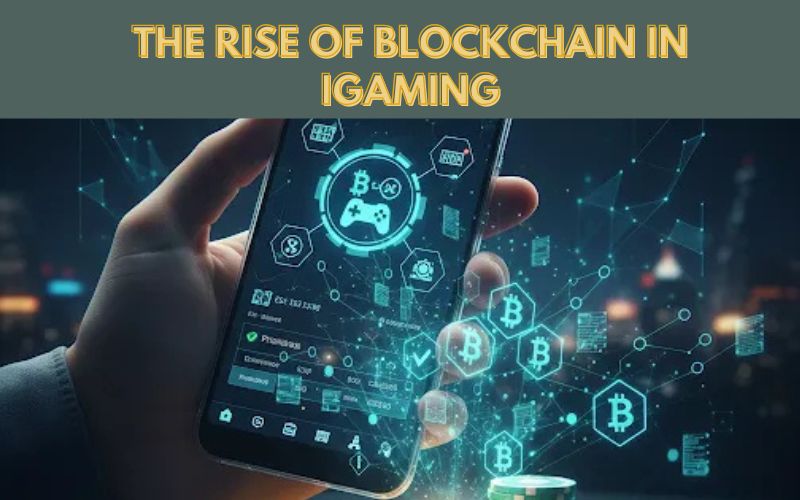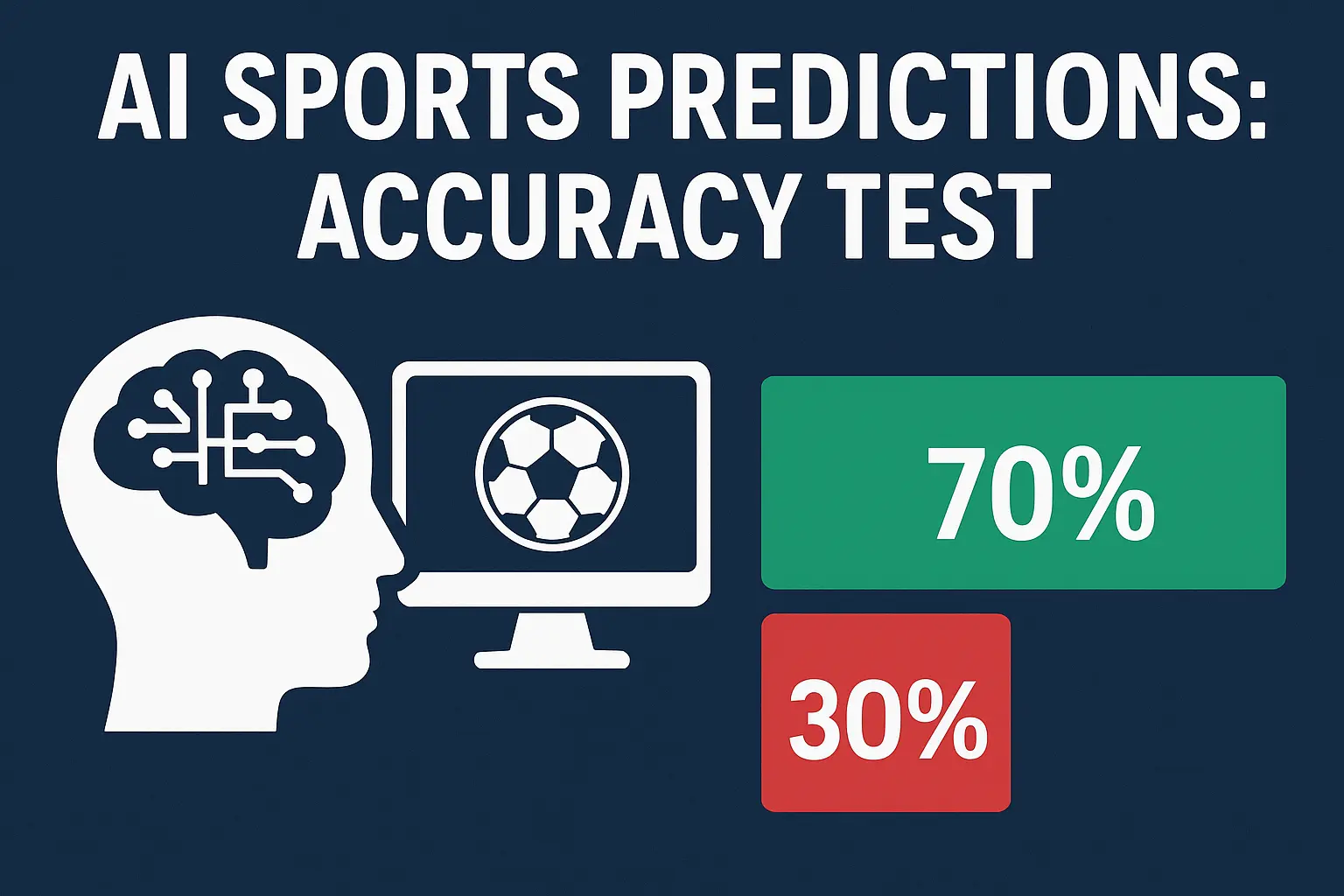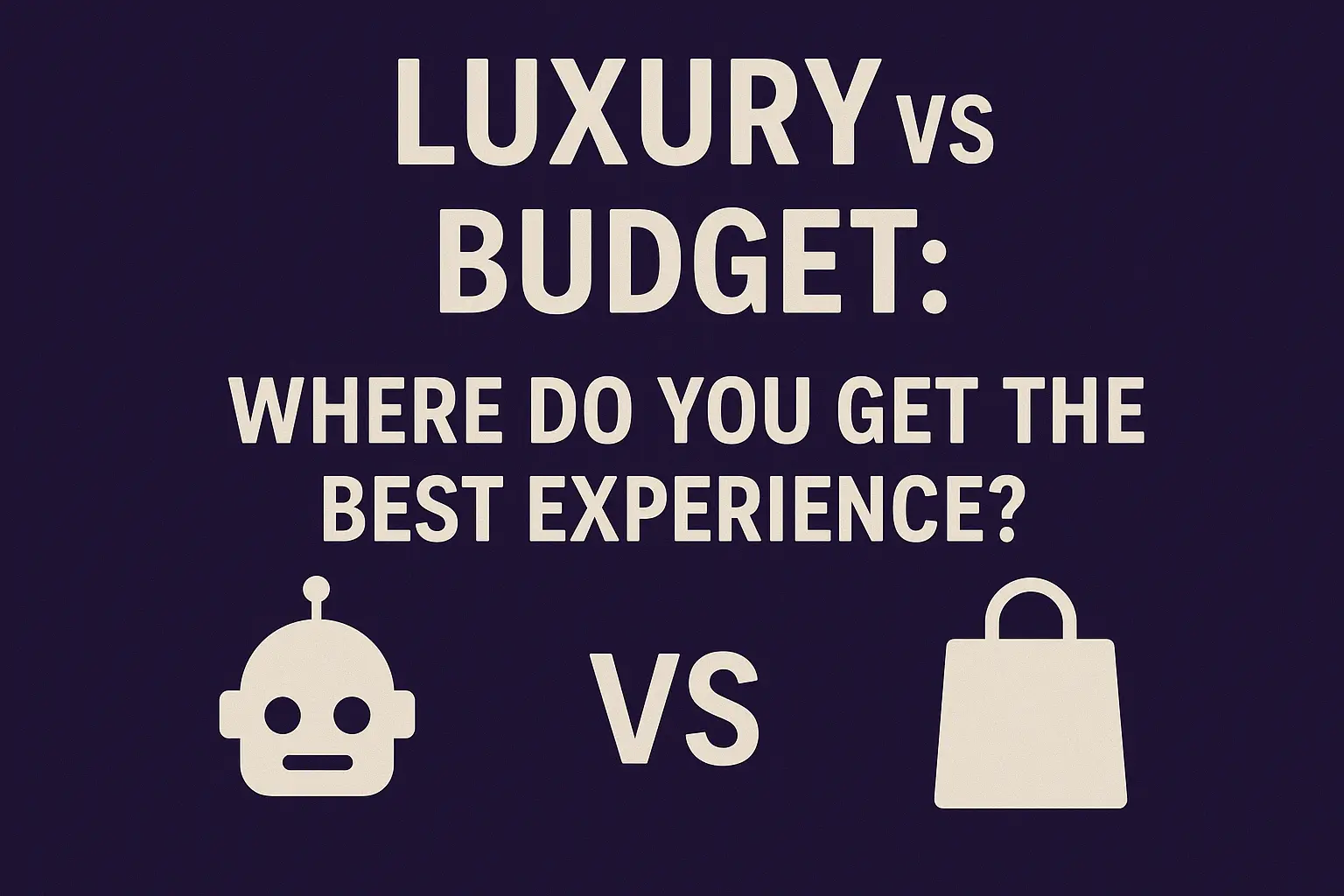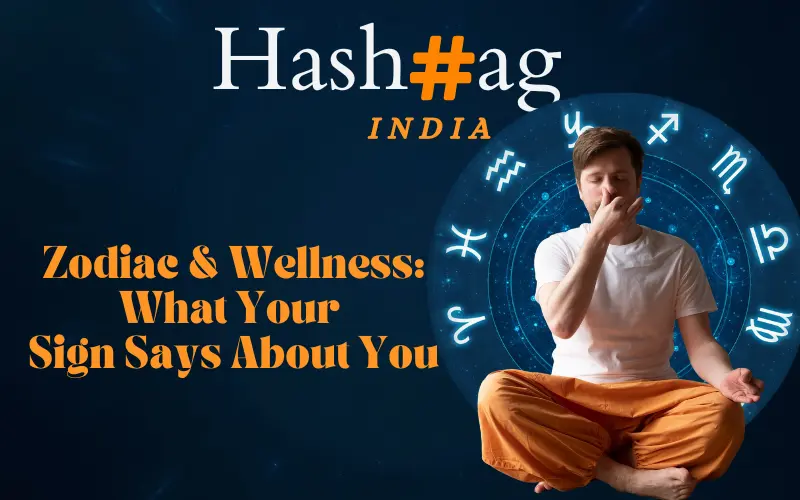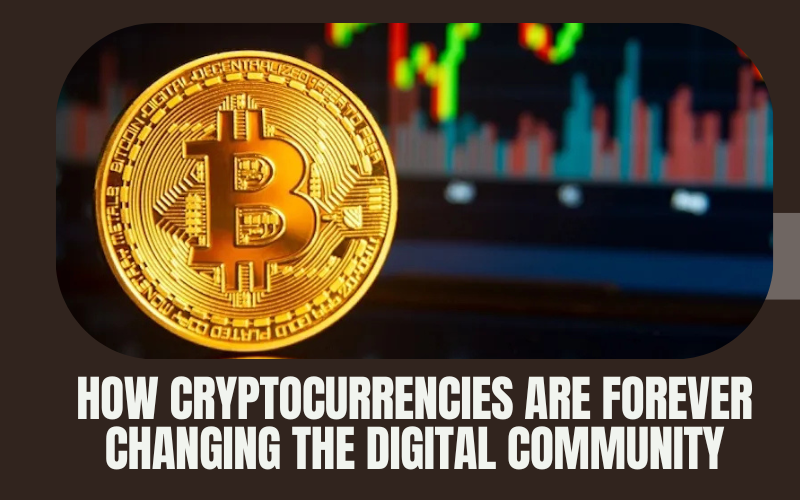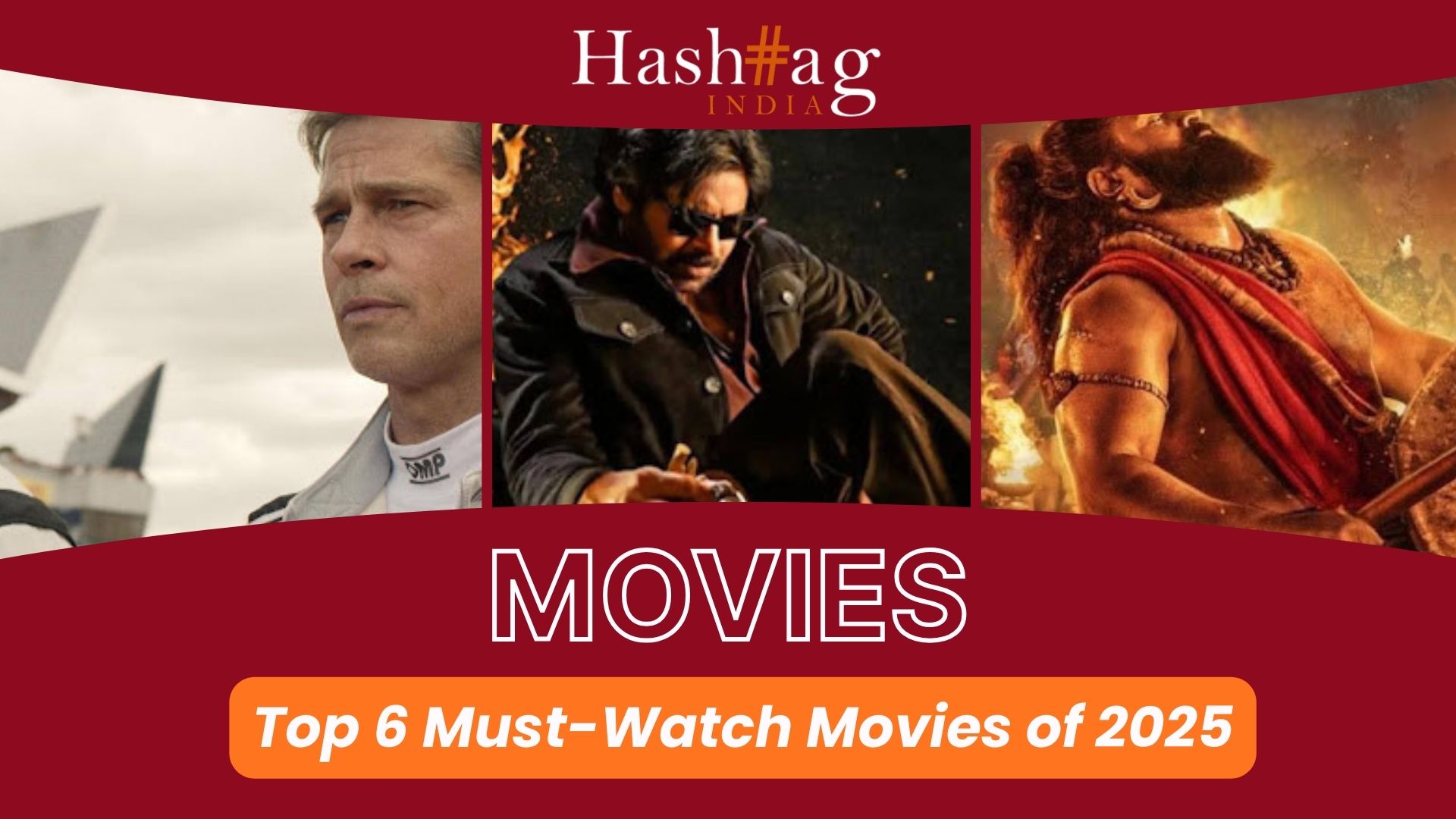You know what’s genuinely bizarre about crash games? They shouldn’t exist. I mean, think about it: someone looked at gambling already the most dopamine-hijacking activity humans have invented and thought, “What if we made this “faster” and added a chicken crossing a road?”
Here’s the thing about innovation that nobody really talks about: the best ideas often sound completely unhinged when you first hear them. Crash games are like that. They’re this perfect storm of terrible ideas that somehow created something weirdly compelling. A multiplier that goes up. You cash out whenever you want. But wait too long and you lose everything. Oh, and there’s usually some ridiculous animation a rocket ship, a plane, or yes, a chicken trying to cross a road while dodging traffic.
It’s stupid. It’s genius. It’s both, and that’s exactly why it works.
Nobody Planned This Revolution
Here’s what really happens when industries evolve: it’s never the clean narrative you read about later. The creation of crash games wasn’t some masterstroke of game design. It was basically a bunch of developers trying to solve a problem that traditional casino games had created.
See, regular slots are “slow”. Painfully slow if you’re used to the pace of modern digital life. You hit spin, watch some reels go round, wait for the paylines to calculate, collect your win (maybe), and repeat. The whole cycle takes what, 5-10 seconds? For people raised on TikTok and instant everything, that’s an eternity.
Crash games said “screw all that.” The entire game happens in real-time, continuously. You’re not waiting for anything you’re actively deciding, every millisecond, whether to keep going or bail out. It’s like the difference between turn-based combat and a fighting game. One makes you wait your turn; the other never stops moving.
(And honestly, isn’t that what we all want now? To never stop moving? To always be in the middle of something rather than waiting for it to start?)
The Paradox Nobody Wants to Discuss
Okay, so about that chicken crossing the road in some crash games it’s actually the perfect metaphor for what these games really are. Think about it: Why does the chicken cross the road? To get to the other side. But in crash games, there “is” no other side. There’s only how far you’re willing to let it go before you chicken out.
That’s some twisted poetry right there.
The visual metaphors these games use are fascinating when you really look at Chicken Road game. Rockets that might explode. Planes that might crash. Chickens that might get hit by cars. They’re all about pushing your luck until disaster strikes. But here’s the twisted part: the disaster is predetermined. The algorithm already knows when that rocket will explode. You’re not actually affecting anything, you’re just deciding when to stop believing in your own luck.
It’s weirdly honest, in a way that traditional gambling never is. Slots dress everything up in bonus rounds and special features, creating this elaborate theater of chance. Crash games just put the raw mechanism right in front of you: number goes up, number might stop, choose wisely.
Your Brain on Crash: The Part That Should Worry You (But Won’t)
Here’s something that’ll mess with your head: crash games are basically training wheels for day trading. Same exact psychological profile. Same dopamine pattern. Same “I should have cashed out at 3.5x” regret.
The similarity isn’t accidental. Both involve watching a line go up, trying to predict when it’ll stop, and making split-second decisions based on nothing but gut feeling and pattern recognition that doesn’t actually exist. Your brain “thinks” it’s seeing patterns “It hasn’t crashed before 2x in five rounds, so this one’s going higher” but it’s all randomness wearing a costume.
What makes crash games particularly insidious (and I use that word deliberately) is how they gamify loss aversion. In a slot machine, you either win or lose. Simple. In crash games, you watch your potential winnings grow in real-time. That $10 bet becomes $20, then $30, then $50, and your brain is screaming two things simultaneously: “Take it now!” and “But what if it goes to $100?”
You know what that feeling is? It’s the exact same thing that makes people hold onto losing stocks or failing relationships. The inability to cut your losses because “maybe” things will turn around. Except in crash games, it all happens in about 30 seconds instead of 30 years.
The Speed Revolution
Remember when online casinos first appeared and everyone thought “that” was fast? Cute. Crash games make traditional online gambling look like watching paint dry in slow motion.
The average crash game round lasts maybe 10-20 seconds. But here’s the kicker: you can place your next bet while the current round is still going. You can literally be gambling continuously, without pause, forever. It’s the Amazon Prime of gambling: no waiting, no friction, just endless immediate gratification.
And this speed changes everything about how people gamble. Traditional slots players might do 500 spins in an hour. Crash game players can easily hit 200+ rounds at the same time. The decision points come so fast that you stop thinking and start “feeling” your way through it. Which, if you know anything about gambling psychology, is exactly when things get dangerous.
But here’s what’s genuinely interesting: the speed also caps your losses in a weird way. Each round has a defined end point. You can’t chase losses within a single round like you can with slots bonus buys or blackjack double-downs. It’s portion-controlled gambling, if you will. Destructive in aggregate, but weirdly manageable in individual doses.
Why Everything Else Feels Slow Now
You want to know the real impact of crash games? They’ve basically ruined regular gambling for an entire generation. It’s like giving someone a sports car and then asking them to go back to a bicycle.
I’ve watched people try to go from crash games back to regular slots, and it’s painful. They look “bored”. Physically uncomfortable with the pace. They start playing multiple games simultaneously just to approximate the stimulation level they’re used to. The industry created a monster it doesn’t fully understand yet.
This is the paradox of innovation in gambling: every new format doesn’t just add to the ecosystem; it fundamentally changes what people expect from the experience. Crash games have reset the baseline for what “exciting” means in online gambling. Everything else now has to compete with that immediacy, that constant decision-making, that pure mainline of risk-reward calculation.
The Uncomfortable Truth About Where This Goes
Here’s the thing nobody in the industry wants to say out loud: crash games are probably what all gambling will look like eventually. Not literally chickens crossing roads (though honestly, who knows), but this model of continuous, high-speed, decision-based betting.
Think about it: every successful innovation in gambling has been about removing friction and speeding up the experience. Mechanical slots to video slots. Physical casinos online. Desktop to mobile. Each step made it faster, easier, more immediate. Crash games are just the logical endpoint of that evolution gambling stripped down to its absolute essence.
And you know what’s really wild? They’re actually more honest than most gambling. There’s no pretense of skill, no elaborate mythology about hot machines or lucky numbers. Just pure, distilled chance with a timer on it. It’s gambling without the costume, and maybe that’s why it feels both more dangerous and somehow more fair.
The chicken didn’t come first, and neither did the road. They emerged together, each creating the need for the other. That’s crash games simultaneously the problem and the solution, the evolution and the devolution, the most honest and most manipulative form of gambling we’ve created yet.
(Oh, and if you’re wondering whether you should try them? That’s the wrong question. The right question is whether you can handle seeing exactly how your brain responds to pure, unfiltered risk. Most people can’t, and that’s probably for the best.)




